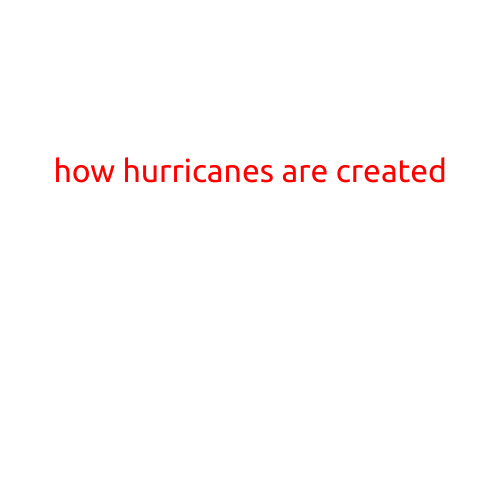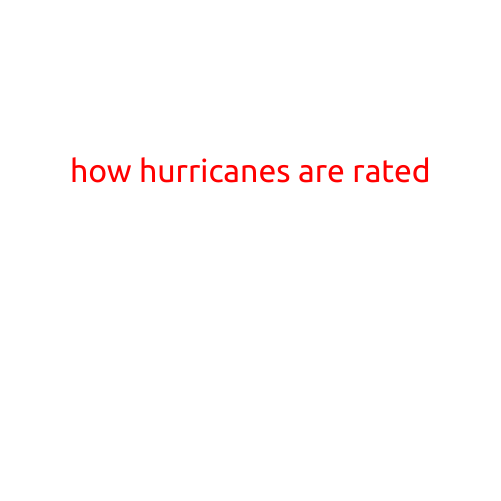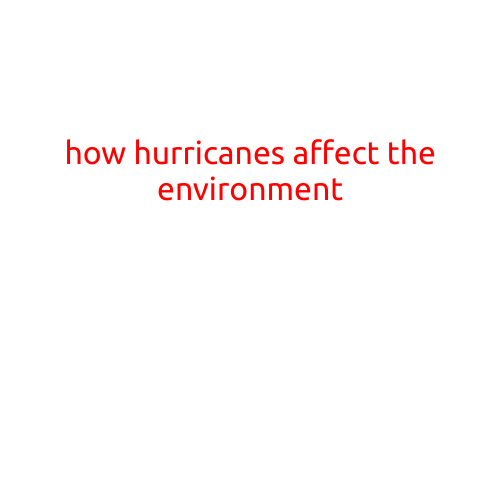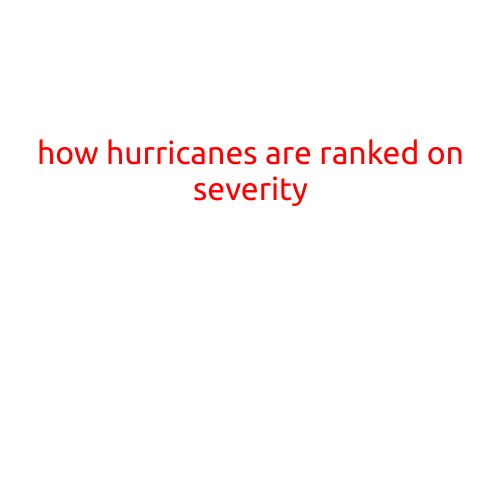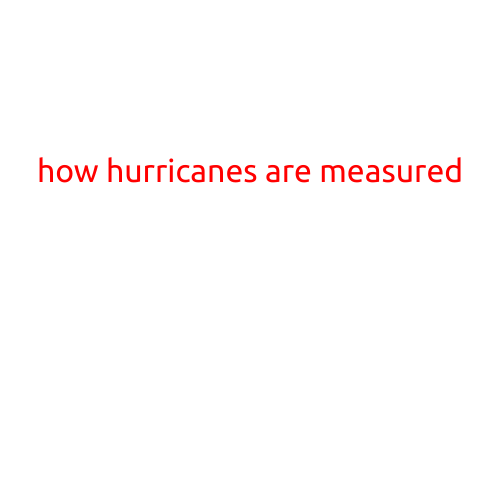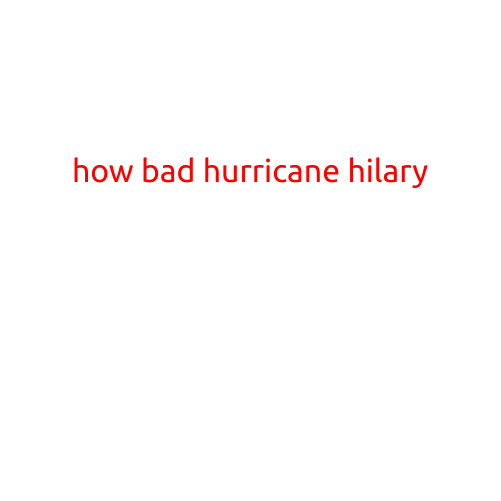
How Bad was Hurricane Hilary?
Hurricane Hilary was a powerful tropical cyclone that tore through the Pacific Ocean in 2011, bringing destruction and devastation to several countries in its path. The system formed off the coast of Mexico and rapidly intensified into a category 4 hurricane, with sustained winds of over 130 mph.
Initial Formation and Strengthening
Hilary began to organize on August 21, 2011, as a tropical depression over the Pacific Ocean about 400 miles southwest of Acapulco, Mexico. Over the next few days, the system strengthened into a tropical storm, fueled by warm ocean waters and a favorable atmospheric environment.
As Hilary continued to move northwestward, it began to rapidly intensify, with its central pressure falling by over 20 millibars in just 24 hours. On August 25, the hurricane reached its peak intensity, with sustained winds of 130 mph (215 km/h) and a central pressure of 938 millibars.
Impact and Damage
As Hurricane Hilary made landfall in Mexico, it brought heavy rainfall, strong winds, and storm surge flooding to the coastal regions. The city of Manzanillo, which is located on the western coast of Mexico, was particularly hit hard, with sustained winds of up to 100 mph (160 km/h) causing widespread damage to buildings and infrastructure.
The storm surge also caused significant flooding, with waters reaching as high as 10 feet (3 meters) in some areas. The resulting flooding and rainfall caused by Hilary led to several landslides and mudslides, some of which were fatal.
Death Toll and Monetary Losses
The final death toll from Hurricane Hilary was reported to be 13 people, with hundreds more injured. The storm also left thousands of people without power or access to basic necessities, and caused significant damage to the local economy.
The total monetary losses from Hilary were estimated to be over $100 million, with the majority of the damage occurring in Mexico. The storm also caused significant disruptions to the country’s port and transportation infrastructure.
Aftermath and Lessons Learned
In the aftermath of Hilary, authorities in Mexico and other affected countries worked tirelessly to respond to the disaster and provide aid to those affected. The storm was a wake-up call for the region’s emergency management officials, highlighting the need for better preparedness and response strategies.
Since Hilary, there have been significant improvements in the region’s disaster preparedness and response efforts, including the implementation of early warning systems and improved evacuation procedures. The storm also led to increased investment in disaster risk reduction and management, with a focus on mitigating the impacts of future tropical cyclones.
Conclusion
Hurricane Hilary was a powerful and destructive storm that caused significant loss of life and damage to infrastructure in Mexico and other affected countries. The storm served as a reminder of the importance of disaster preparedness and response, and it highlighted the need for continued investment in disaster risk reduction and management efforts. As we continue to monitor the Atlantic and Pacific basins for potential tropical cyclones, we must remain vigilant and prepared to respond to the impacts of these powerful storms.
